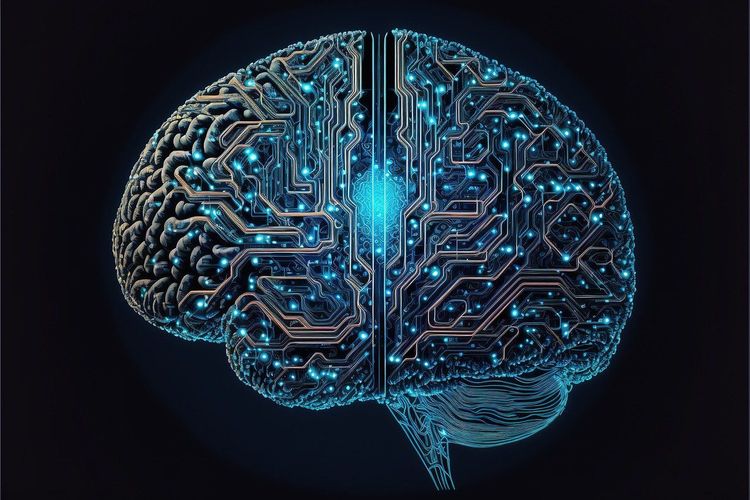Here are this week's most popular stories:
1. **The Controversial Ouster of Sam Altman from OpenAI**
In a surprising turn of events, Sam Altman was removed from his position as CEO of OpenAI, resulting in widespread confusion within the AI community. Tech magnate Elon Musk raised critical questions regarding this drastic action, addressing OpenAI's Chief Scientist, Ilya Sutskever, on X (formerly Twitter): “If OpenAI is doing something potentially dangerous to humanity, the world needs to know.” Reports suggest that Sutskever played a significant role in advocating for Altman’s dismissal, driven by concerns over the rapid commercialization of OpenAI’s technology. Notably, prior to the firing, the organization had made significant advancements that hinted at the capability to develop even more powerful AI models, raising essential discussions about the ethical implications of such technologies.
2. **Insights from the Inaugural AI Governance Conference**
Stephen Bolinger, chief privacy officer at Informa plc, shared his insights from the groundbreaking AI governance conference held in Boston. He identified three main takeaways from the discussions:
- There is a growing alignment among experts that the NIST Risk Management Framework represents the most comprehensive and actionable approach to implementing large-scale AI governance.
- The emergence of a ‘Brussels Effect’—similar to the GDPR's influence on global data protection regulations—remains uncertain, despite the EU's impending enactment of the EU AI Act.
- Participants were encouraged by journalist Kevin Roose's keynote to cultivate unique professional skills that are less likely to be replicated by AI, such as effectively navigating unpredictable scenarios and social interactions.
3. **Stability AI Faces Pressure as Investors Seek Change**
Stability AI, the innovator behind the widely popular Stable Diffusion, is reportedly exploring a sale as investor confidence dwindles. Recent reports indicate that the generative AI startup is under increasing scrutiny due to its financial losses. Stability AI has initiated discussions with various interested parties, albeit in the early stages. Potential acquirers include Cohere, a competitor serving clients like Spotify and Oracle, as well as the content generation platform Jasper. Although a sale has not been finalized, the possibility of a strategic pivot remains on the table for this once-promising company.
4. **Staggering Growth of Nvidia's Data Center Revenue**
Nvidia has reported remarkable growth in data center revenue, driven by the shipment of nearly half a million H100 and A100 GPUs in the third quarter, generating an impressive $14.5 billion. According to data from the research firm Omdia, this revenue marks a near quadrupling compared to the same quarter last year. The bulk of these GPU shipments were directed towards hyperscale cloud service providers. Notably, Meta emerged as one of Nvidia's largest clients, while Microsoft also placed substantial orders for H100 GPUs, likely to support the expansion of their AI offerings.
5. **Leveraging Synthetic Images to Train AI Models**
The launch of OpenAI’s DALL-E 3 showcased an impressive leap in the ability to generate intricately detailed images, attributed to the use of synthetic images for training. Expanding on this concept, researchers from MIT and Google are exploring similar applications with the open-source text-to-image model, Stable Diffusion. In their latest research, they introduce a method called StableRep, which utilizes millions of labeled synthetic images to refine image quality. This innovative approach—termed “multi-positive contrastive learning”—allows multiple images generated from the same text prompt to enhance one another, significantly improving the model's ability to capture nuances in image generation. By referencing variations from the same description, the model increases its accuracy and creativity in producing visually stunning outputs.







